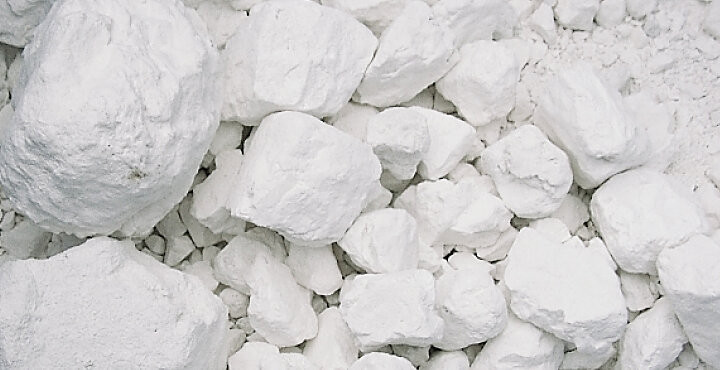What is lime?
The lives we live today are inconceivable without lime.
But what is lime actually?

Not all lime is the same
Industrially produced quicklime is evaluated according to two product properties: firstly, the so-called residual CO2 content, which is the carbon dioxide remaining in the product after burning, and secondly, according to reactivity, which is the speed with which the CaO reacts with other components during its use. In the steel industry, for example, a very high reactivity of quicklime is desired so that it can react as quickly as possible with the impurities of the molten iron and form slags.
A low residual CO2 content is an important quality characteristic and can be directly influenced by the burning process. A good kiln design ensures that there is uniform heat distribution throughout the kiln so that the chemical process of calcination can proceed uniformly in the raw material being fed.
There are two influencing factors for reactivity: firstly, impurities in the raw material, (for example silicates or aluminium compounds,) combine with the CaO formed during calcination and thus reduce the proportion of freely available CaO. This cannot be influenced by the firing process, or only to a small extent.
Secondly, the burning temperature plays an essential role: if the heat supply during burning is dosed in such a way that only the CO2 is expelled from the limestone, what remains is a porous piece of calcium oxide, which also has a very high reactivity due to its high specific surface. These burning conditions are optimally fulfilled by the Maerz PFR kiln.

If an already fully calcined piece of calcium oxide is heated further, the supplied heat is consumed for the fusion of the microcrystals and thus for the formation of larger crystallites. This reduces the specific surface area of the piece of calcium oxide and its reactivity decreases. With the Maerz HPS kiln, this process can be finely controlled.
The above scanning electron microscope images show the structure of highly reactive lime on the left, medium reactive lime in the middle and low reactive lime on the right. In this context, one also speaks of soft-burnt, medium-burnt or hard-burnt lime.
